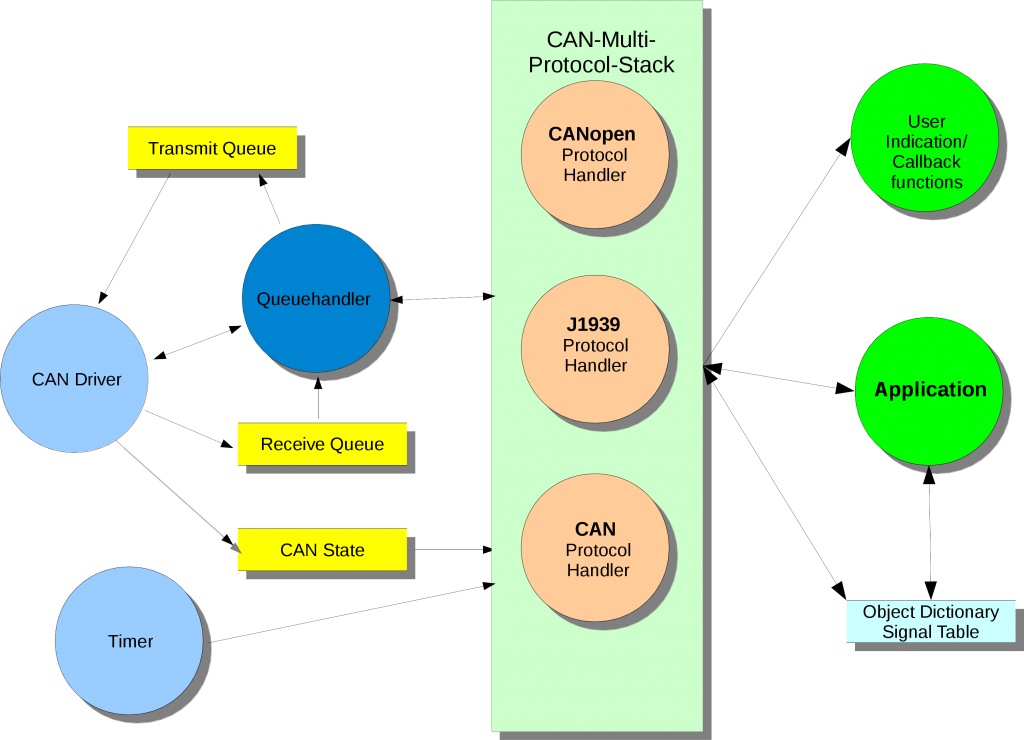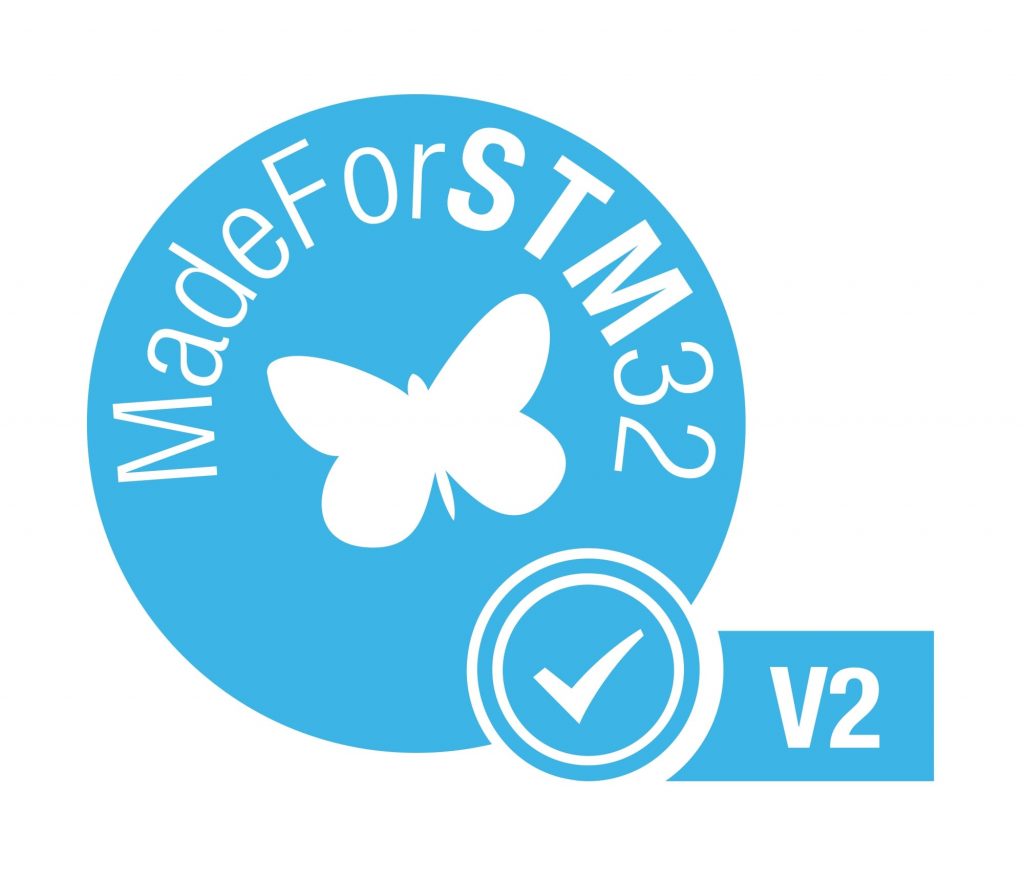the possibilities to use it for eBikes and pedelecs.
An association of different companies, lead by EnergyBus e.V. have been working together for some years to create a standard for the components of eBikes. Pedelec and eBike have some characteristics in common. With a pedelec the cyclist also needs to pedal – in contrast to the eBike. A bike with tailwind one can say. In Germany no drivers license is needed for such bike at the moment. For the cyclist the pedelecs have the disadvantage of a limited range. The batteries do not last for ever. So one should be back home before the battery is empty. Of course it is possible to take a charger on the ride, but a complete charging period takes some hours. So charging is more suitable for the night.
Chargers of higher quality that allow fast charging are not suitable to be taken on a ride. And universal chargers are not available at the moment, because each manufacturer has his own proprietary solutions.
EnergyBus for charger and battery
This will change with the EnergyBus standard. The standard defines special plug connectors and a CANopen based communication protocol. The CANopen protocol has been one of the standard protocols in the industry for a long time. It is established and tested. Industry and suppliers rely on it.
New fields to use the protocol have repeatedly been made accessible under the leadership of the CiA e.V. and the communication got standardized. Also the application profile CiA 454 (for energy management systems) has been created so under the leadership of the CiA and EnergyBus e.V. Since its foundation emotas embedded communication GmbH is member of this standardization group.
The first visible result of the EnergyBus standard will be public chargers that can be used for pedelecs of different manufacturers. Even when a pedelec can not be charged for hours, e.g. because the cyclist just went into a shop to buy some items, the range will extend significantly. Usually the battery is not completely empty and half an hour of fast charging leads to a much better performance. With enough chargers in public places the next charger won’t be far.
Future prospects
A standardized interface will also extend the number of offered chargers for home-use. Consumers can choose between low-cost chargers for normal power socket or the more expensive with power current. One is not necessarily tied to what single manufacturers provide for their eBikes.
The EnergyBus standard was extended for independently working electrical devices. For that, the generalization of the components was necessary. But also pedelecs profit here.
In future, components like actuator or display will be exchangeable because of universal interfaces. Then manufacturers can concentrate again on the design of their bikes and choose those components that fit best for each target group of cyclists.
Not enough! When users accept and use the EnergyBus concept there will soon be demands for free interfaces for own extensions. That paves the way for creative hobbyists or professional third party supplier. Ideas are a dime a dozen. Like a reading light for maps or a phone app for support a diagnosis. Some of these things are already real. But users are bound to the product portfolio their bike manufacturer provides. There is a lack of universal products.
It is still a long way to go. But I am waiting with some excitement for the first reports about additional batteries for long distance cyclists.



